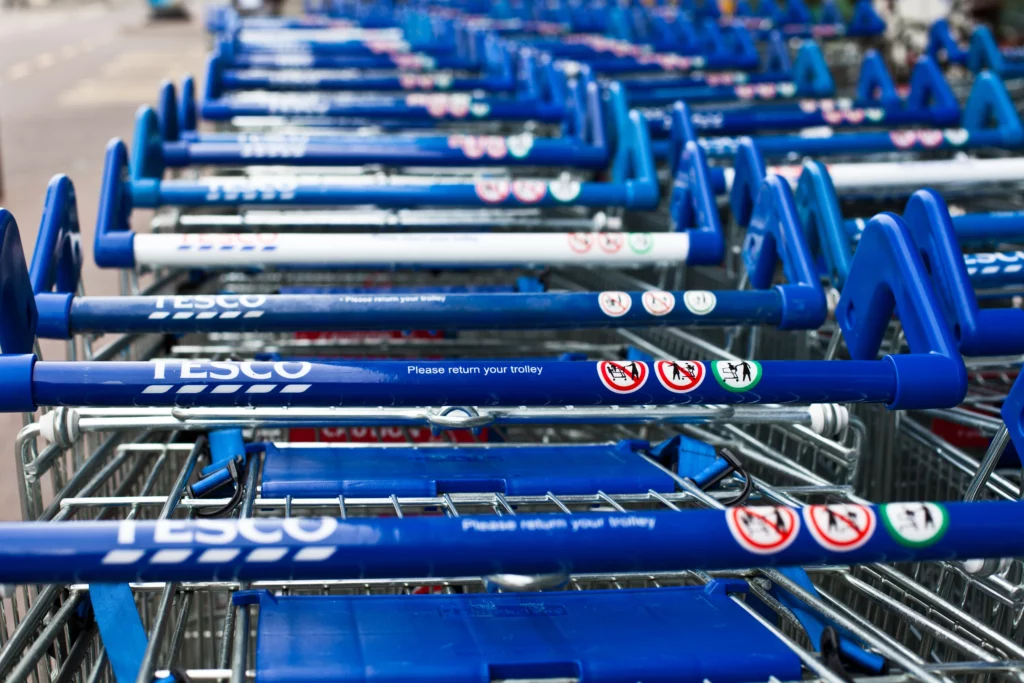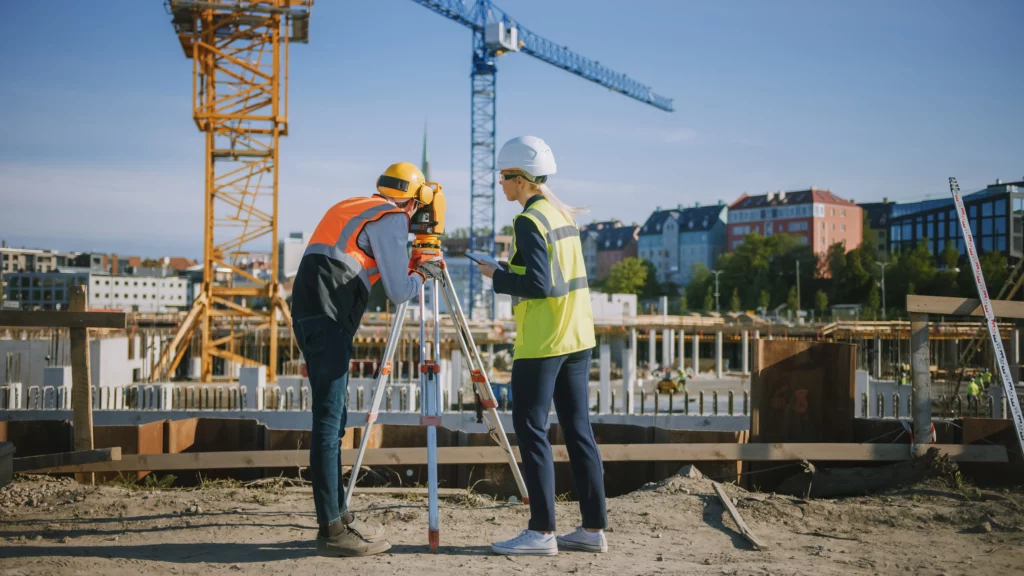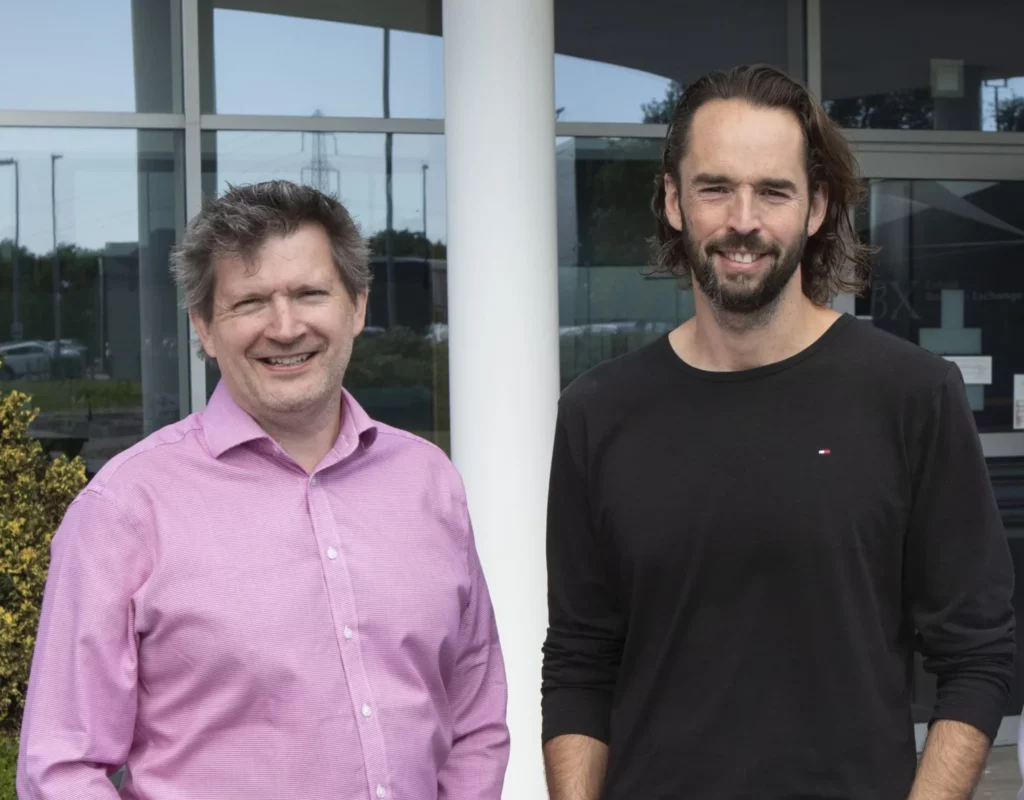One of the most common themes we hear when speaking to Health and Safety professionals is that the stress and upheaval of implementing new Health and Safety software might outweigh the benefits. Naturally, that’s something we disagree with, but nonetheless, the transition to using technology to manage Health and Safety within an organisation is something that requires some dedicated planning and thought.
We know a thing or two about software projects so, in the spirit of sharing best practice, here’s what we’ve learned from the many clients we’ve worked with over the past few years:
Step 1: Finding the solution that’s right for you
It goes without saying that to successfully implement any Health and Safety software, it needs to be the right software for your organisation. Give yourself plenty of time to talk to your peers and wider network about what they are using. Do they consistently recommend a particular provider? And don’t forget the power of Google, but make sure you scour the market fully, to understand who offers what (and why!).
Before you head off and start your research, however, we recommend completing a manual audit of your processes and identifying which parts of this you hope to be made simpler, or more efficient through technology. Having your expectations clear from the start will enable you to make the best decision. Make sure you’re clear on “the problem you’re trying to solve” because down the line someone in your organisation is going to ask you “Why?”.
For example, do you have gaps in employee engagement? Is your monthly reporting a headache? Do audits still get completed using Word or Excel? Are you struggling with version control?
Make sure you know what you want to achieve and factor this into your audit, too. From here, you know what you’re looking for.
Modern Health and Safety software providers will offer a free, no-obligation demo of their platform, and in some cases, a free trial of a basic version to let you “get your hands on the software” and make an informed decision in your own time.
You need to be clear on the adaptability of the platform: can it be configured to mirror existing processes, or will you be obliged to use a fixed structure? If you’re looking for something that can be developed to meet your exact needs, then make sure you get clarity on what comes as standard and what will cost more; and make sure you will get appropriate support for the bits you’ve added.
The technology provider should also be transparent on costs, enabling you to budget accordingly. Make sure you do your research on the difference between perpetual licencing (you buy the software outright but have to pay for future upgrades) and things like Software as a Service (SaaS, where you typically pay a subscription and get upgrades and support included).
Also, check how the pricing works; for example, if it’s on a per-user basis, figure out how expensive this might be today and as you add employees to the business in the future. That should make any financial conversations far easier for you, which leads us on to our next tip…
Step 2: Learn to love your FD (if you don’t already!)
In previous blog posts, we’ve discussed the positive impact that technology can have on an organisation’s Health & Safety culture and compliance and that many of these benefits also have a positive effect on the bottom line. If the budget for Health and Safety is sometimes hard to come by, it’s time to show your workings out, so do your homework right!
You should be able to highlight the positive impact that technology could have, not only in terms of employee engagement but in tracking incidents and reducing the risks that can have financial implications, something your FD will be very interested to hear about.
The costs of safety massively outweigh the costs of ‘no-safety’, but you’ll need to get the FD on side. Make sure you talk about the potential cost of stoppages, insurance premiums (and claims), lost time from staff absence, sickness levels, fines, and reputational or investor damage.
No technology system can ever reduce all risks to zero, so the key is to try and quantify the costs of not doing anything versus the benefit of having a platform that gathers information quickly and helps you analyse and understand it.
This knowledge and planning should make future budget approval an easier task because you’re continuously tracking and monitoring risks, making improvements and preventing incidents that could cost the business, as well as showing your department as a value-adding business partner.
Step 3: Communication is key
Before Health and Safety software is implemented, it’s crucial that you make sure your colleagues are clear on any impending changes and what it means for them. You want the workforce to be on board from the start, and providing them with information about the system and “what’s in it for me” will be a big win in terms of employee engagement.
Any responsible technology provider (like us!) will be able to provide materials that you can use to help introduce a Health and Safety software system, from user guides to short videos to internal communication templates.
Equally important is getting buy-in from the Board and other senior colleagues, as they’ll be able to reinforce the importance of the system to the business. After all, the last thing you want to do is spend money on a tool and see nobody using it!
Step 4: Making it happen
The fun part!
The platform you purchase today needs to grow with the organisation you could become tomorrow. When your new software is implemented, you should look to build a list of priorities and work through them to ensure you’re getting the most out of it, keeping a note of any ‘would like to have’ functionality that you can feedback to the tech provider.
Support from their team in these early stages is crucial to getting things off to a flying start, so you will want to ensure you receive a Service Level Agreement (SLA) from the provider to make sure you know what level of Support to expect.
You’ll need to choose a provider who will be on hand to understand your processes and build the system in line with these requirements. They should also provide suitable guidance to help you manage things once it’s all systems go and help you build a wish-list for additional features you’d like to see added to your platform over time.
From here, it’s about communicating across the organisation (again, we can help with that!) and providing training and support where required, to make sure your shiny new system actually gets used so you can begin collecting lots of valuable data, that can help you be more effective and efficient than ever before!
Step 5: Show and tell
The best Health and Safety software solutions will provide a suite of insightful reporting tools that you can use to create relevant, real-time dashboards, featuring measurables that line up with your business objectives. This data can be used to show impact, both of the software itself but most importantly of the Health and Safety function, allowing you to track progress over time.
Of course, once you have the data, and you understand what it’s telling you, you should be looking at sharing the insights. Armed with this information you’re much more able to influence your board directors and colleagues across the business. You can help identify for them where risk is greatest, what needs to be done to mitigate it, and what this means in business terms.
If you can help them join the dots between activities that are creating risk and your actions that have helped reduce that risk, you’ll find life much easier when it comes to next year’s budget!
Health and Safety technology should empower organisations to nail basic compliance, but the icing on the cake comes from providing this valuable information to the business.
Furthermore, sharing this data across the organisation will show the workforce that their input is really valued, along with highlighting for them the impact they’re helping to create by using the technology tools in the right way.
Frequent communication (why not present your dashboard ‘live’ in screens in the business, or do a quarterly update) is the best way of ensuring ongoing engagement with Health and Safety and making the workplace safer for all, which is really the end goal, after all!
If you’re currently looking at Health and Safety technology and want to try out Notify for yourself, register for a Demo and we’ll show you how clients like Travis Perkins, ThyssenKrupp, Alexandra Palace and London Zoo have used our software to deliver real business benefits.






































































